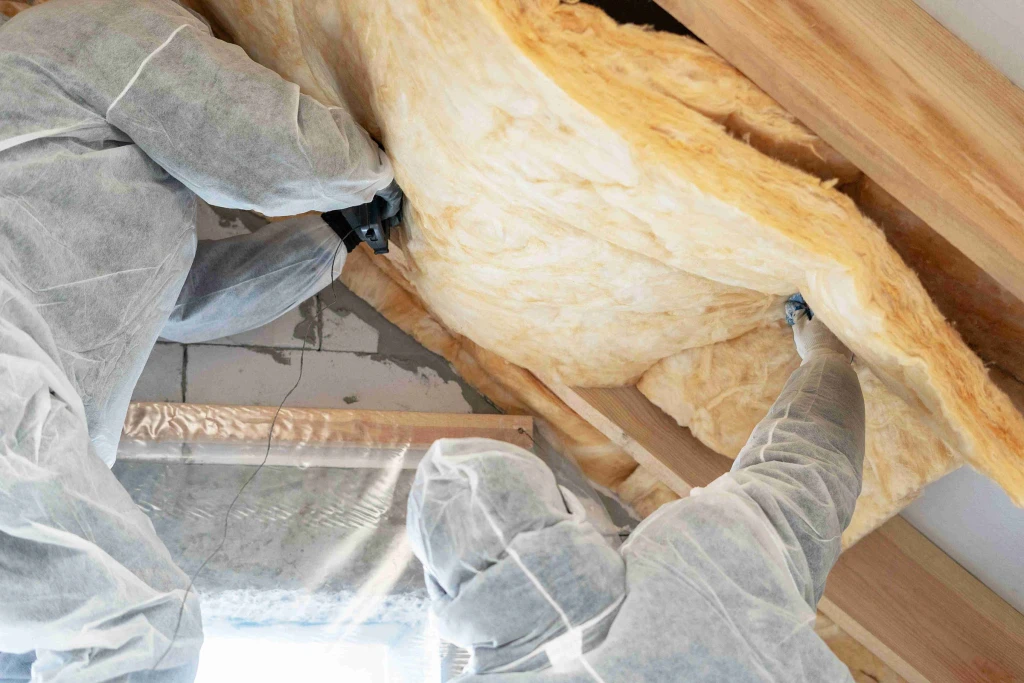Why You Need Attic Insulation and How To Have It Installed
Table of Contents:
- How Attic Insulation Benefits You and Your Roof
- The Types of Attic Insulation
- Cold Versus Warm Insulation
- How to Insulate an Attic
- Insulating an Attic With a Low-Pitched Roof
- Insulating a Roof Without an Attic
- Getting a Roof Replacement? Now is the Time To Update Your Insulation
Disclaimer: This basic guide to insulation is not meant to act as a substitute for a professional opinion. Homeowners should talk to experts and refer to their local building codes before they choose their insulation type and quality. Installation of insulation should be left to professionals.
Should you insulate your attic roof? Insulation is a wise choice to increase the energy efficiency of your home. Quality insulation will make it more cost-effective to heat and cool your home, The Department of Energy’s estimates range from a 10% to 50% savings, depending on several factors. However, attic insulation isn’t just about heating. Proper attic insulation can also keep your roof in better condition by helping to prevent ice dams and condensation.
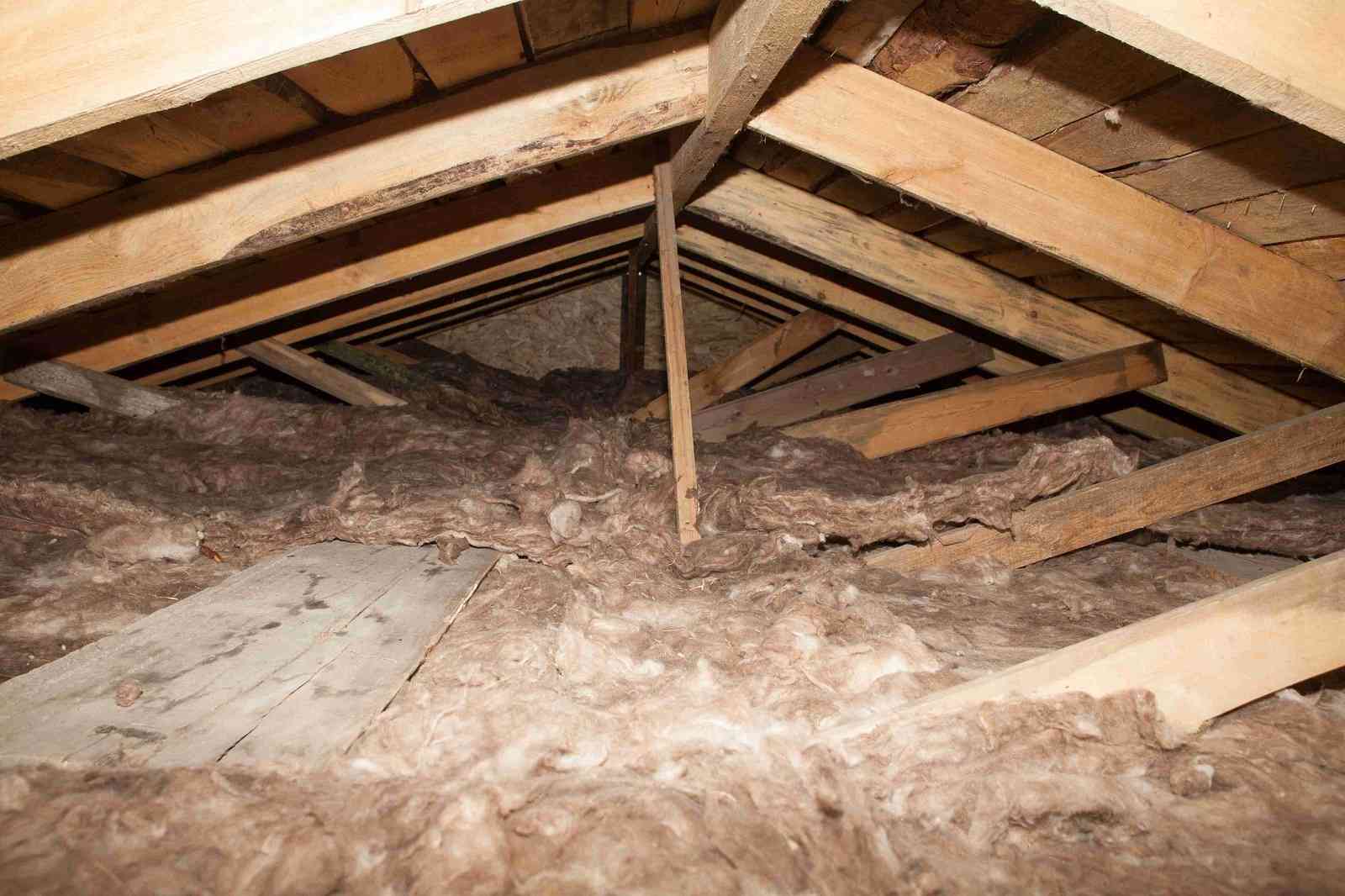
Your building codes may require you to have a certain quality of insulation. However, installing even better insulation is to your advantage and your roof’s advantage. Although, over-insulation can heat your shingles and shorten their life span. This is especially the case if your roof also lacks proper airflow. Balancing the two needs, one for insulation and one for ventilation is critical.
Almost all building codes and all asphalt roofing manufacturers require proper ventilation of a roofing system, regardless of the form of insulation used. Some forms will impact not only the life of your roof but the coverage your roofing manufacturer provides under your warranty. You should read and understand your roofing warranty and the limitations it has relating to air flow and roofing insulation.
Discover what you need to know about attic insulation and how it affects your roof.
How Attic Insulation Benefits You and Your Roof
Here is how proper attic insulation can benefit your roof:
- Helps prevent ice dams: Heat from your home escapes through your ceiling into your attic if you don’t have insulation. Therefore, during winter, your shingles are at a higher temperature. Warmer shingles may melt the snow sitting on top of them. As temperatures drop, or as the meltwater finds its way to the eaves (which are colder), it refreezes as ice. This is called an ice dam. Ice dams can have a negative impact on your roof performance and shingle life. They increase your risk for leaks and may damage your gutters if they spread into them. Proper insulation is the best way to prevent damage from an ice dam. You should ensure your attic is properly ventilated and install an ice and water protector, such as StormShield®.
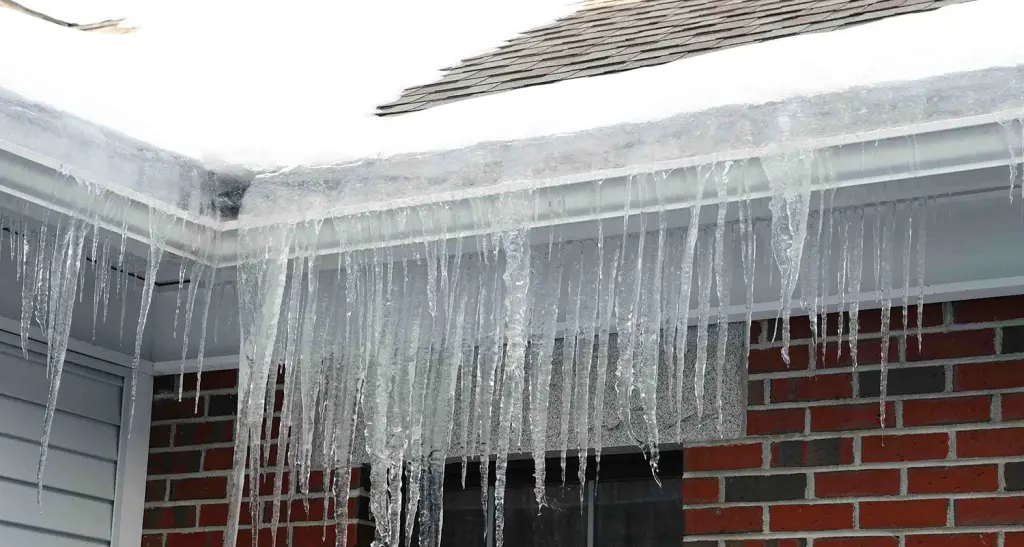
- Prevents interstitial condensation: Interstitial condensation occurs in between the layers of your roof. It occurs when warm and cool air meet and create condensation or water droplets. These droplets can build up and damage your roof materials. However, adequate insulation prevents heat transfer through the roof and therefore minimizes the risk of condensation between its layers.
- Prolongs shingle life: With proper attic insulation, your shingles should not be exposed to ice dams and will experience less temperature fluctuation. This helps them perform for longer.
- Prevents gutter damage: Without insulation, your roof deck experiences more dramatic changes and may expand and contract faster. Over time, this expansion and contraction can shift your gutters and loosen your gutter fasteners.
Beyond its effect on your roof, proper attic insulation can also make your home more comfortable and benefit you in other ways, such as:
- Easier to heat and cool: When you have quality attic insulation, more heat stays in your home through the winter, and less radiates down from your attic in the summer. This resistance to heat makes it more affordable to heat or cool your home to the temperature you’re comfortable with.
- Longer life from HVAC appliances: Furnaces, air conditioners and other HVAC units may last longer when they don’t need to work as hard. In contrast, furnaces that run all the time to keep up with heat loss through your attic are more likely to develop problems and may have a shorter life span.
- More consistent temperatures: Attic insulation keeps conditioned air in the home, instead of allowing it to escape through your ceilings, which may make your rooms a more consistent temperature from ceiling to floor. This can make you more comfortable in your home, especially if you have cathedral ceilings.
- Soundproofing: Attic insulation can also reduce the amount of outside noise that comes into your home. This extra benefit can be helpful if you live near busy roads, construction or other sources of noise. However, if your primary goal is soundproofing, wall insulation is typically a better option.
The Types of Attic Insulation
Not sure which type of attic insulation is best? Here is a rundown of the typical options for attic insulation in residential homes:
- Loose-fill: Also called blown-in insulation, loose-fill insulation is made of small particles that are blown into the attic cavity. Loose-fill can be made of fiberglass, mineral wool or cellulose. It is a great option where there are multiple small holes in the space you are insulating.
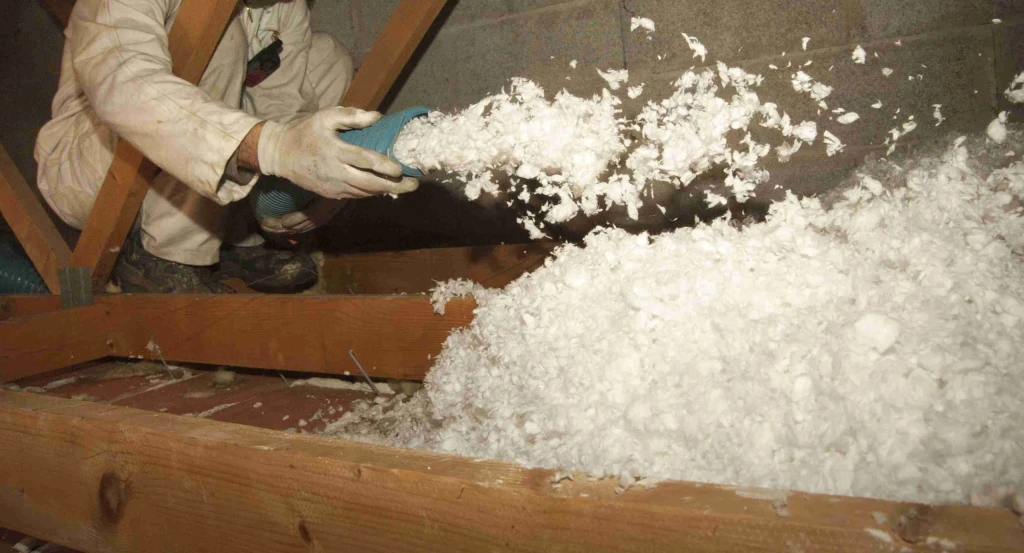
- Batts and rolls: Batts and rolls are also called blanket insulation, as they look like thick blankets. This insulation can be made of natural fibers, plastic fibers, mineral wool or fiberglass. Fiberglass is the most common option for attic insulation and may come precut to fit typical attic trusses and rafters. Blanket insulation may also have an air and vapor barrier on one side to prevent condensation and to make fastening the insulation to the attic easier.
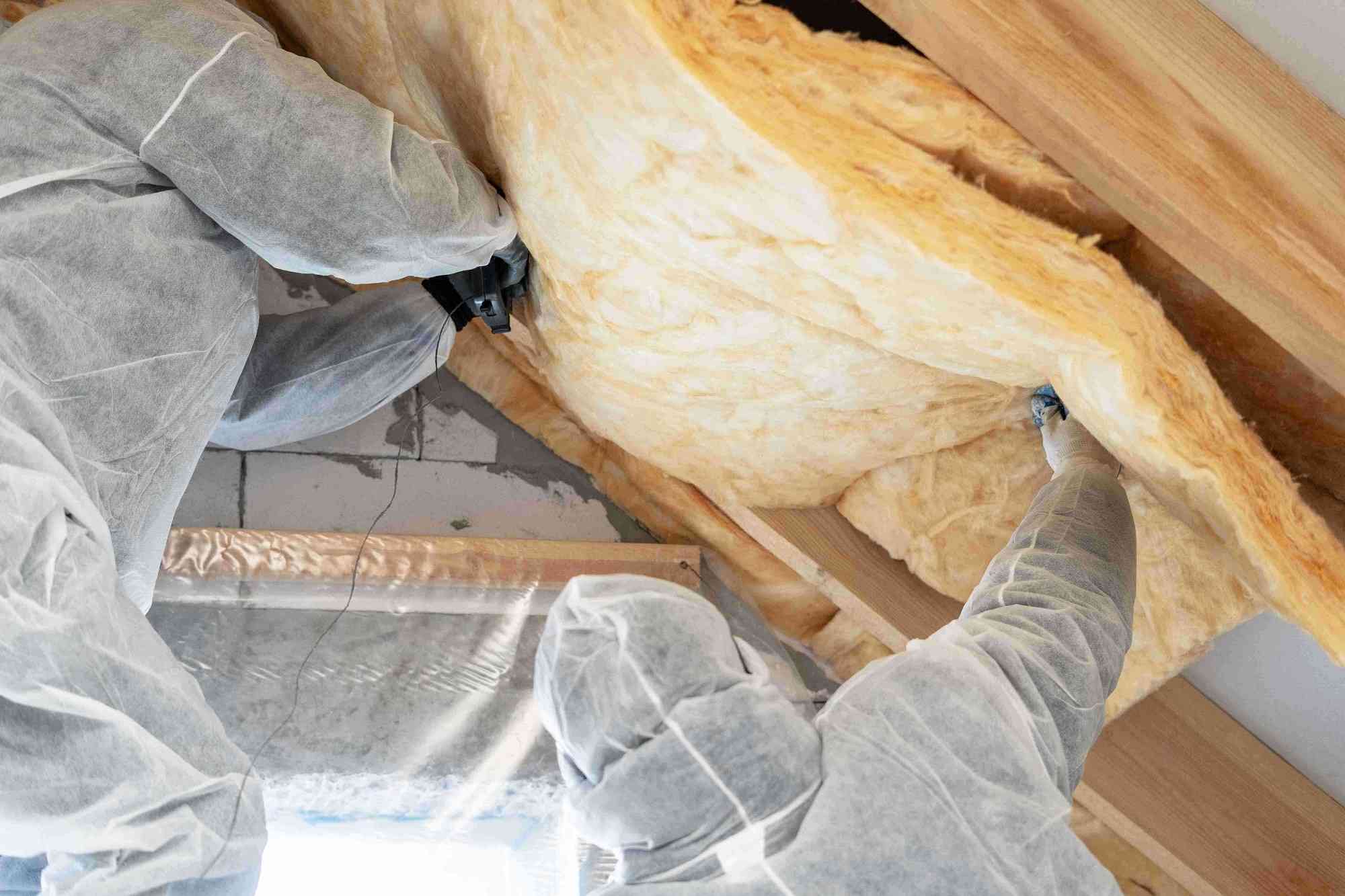
Each type of insulation and specific insulation product are available with different R-values. The R-value is a measurement of how much the material can prevent heat from moving through it, per inch. Higher R-values are better insulators. Although you can get better performance from any insulation simply by installing a greater thickness of it, the Department of Energy recommends you have more than an R-30 rating on your attic insulation. Those in very cold climates may need even higher R-values.
Rigid foam boards, such as polyisocyanurate, often offer the best R-value per inch. However, these materials are typically used in commercial applications and not for homes. Although, some rigid foam boards, such as IKO’s Enerfoil®, may be used in residential applications where thinness and quality are of top importance. For example, attic hatches don’t have much space for insulation, but are often major contributors to heat loss, making them great candidates for rigid foam board. Similarly, cathedral ceilings may not have space for other types of insulation.
Cold Versus Warm Insulation
You may hear the terms cold insulation and warm insulation when you’re researching your options to insulate your attic. These terms do not refer to a type of insulation or a material. Rather, they refer to where the insulation is installed. Cold insulation is installed on the floor of your attic. If you have cold insulation, your attic will remain cold in winter, as it is exposed to outside temperatures. You should only install cold insulation if you have an unfinished attic and plan on keeping it that way.
Warm insulation is installed on the underside of the roof deck at the top of the attic, just below the roof decking. When you have warm insulation, the attic space is kept warm in the winter, as the heat from the furnace can reach it. If you’d like to finish your attic, you will need warm insulation. Otherwise, it will be very challenging to keep warm in the winter and cool in the summer.
Warm insulation has an impact on shingle performance. Warm insulation results in a “hot roof,” or a roof without ventilation between the shingles and the insulation. On such a roof, the shingles will be hotter than those with cold insulation. Such heat stresses the shingles and prematurely ages them. In addition, a hot roof deck is more likely to create roof ice dams or allow for condensation and mold growth.
How To Insulate an Attic
You should always get an expert to install your attic insulation. There are many safety precautions that professionals must take during installation that homeowners may not understand or may simply not have the equipment for. Plus, common mistakes made by homeowners who attempt to install their attic insulation themselves, such as blocking air vents or using improper installation techniques, can be very costly to repair.
While the professionals will do the work, here’s what you can expect from the process of installing insulation in your home:
- Assess current insulation: Together with an expert, you should inspect and consider the condition of your attic’s current insulation, if it has any. This is an important step, as you may find roof problems or rafter damage, which a roofer should correct before you install new insulation. Otherwise, roof leaks may damage the new insulation. Your professional may also be able to guess the quality of your current insulation, so you can ensure that your new materials will be an upgrade. During the inspection, your professional will assess how much room you have in your attic, as certain types of insulation may be too thick to be properly installed in your space.
- Choose new insulation: Next, you should go over your insulation options with an expert. They may have a recommendation for you based on how much room you have in your space, budget and what kind of R-value you hope to achieve. If you’re not sure what kind of insulation and R-value are best for your climate, find out what your building codes demand and explore recommendations based on your province or territory in the Canadian Insulation Codes and Standards and other building codes. Americans should refer to their IECC climate zone. After you decide and sign off on an estimate, the work can begin.
- Wear protective gear: When it comes time to begin the actual installation, your professionals will don protective gear. The exact personal protective equipment they wear will depend on the type of insulation. But you can expect them to wear clothing that covers all their skin, plus goggles and a face mask.
- Apply according to manufacturer’s directions: Your professionals should diligently follow the insulation manufacturer’s instructions for installing their product. However, these processes differ wildly. For example, the outside temperature affects some insulation types during installation. If so, your professionals must delay work until conditions are right for your specific insulation type. Or, when installing roll insulation, your professional will need to take extra steps to ensure your attic fixtures and vents do not become blocked. You may be curious about how long the installation will take, but this too varies depending on the type of insulation. Your contractor should be able to estimate how long your specific installation will take.
- Check your gutters: A few days after attic insulation has completed, it is wise to ask a roofer to come to take a look at your gutters. As the roof decking and fascia are now protected from the conditioned air in your home, their temperature may have changed quickly, causing swelling or shrinking. Your roofers may need to adjust your gutters to keep them draining water effectively. Or, if the gutters have been warped, they may need to be replaced.
Insulating an Attic With a Low-Pitched Roof
Roofs with low pitches present a challenge for insulation installation. Where the attic ceiling touches the floor, around the edges of the attic, there is often not enough room for much insulation. This is especially true if your roof has a soffit vent with a baffle to keep the vent open. In this case, Natural Resources Canada suggests that there may be as few as 4 inches to add insulation.
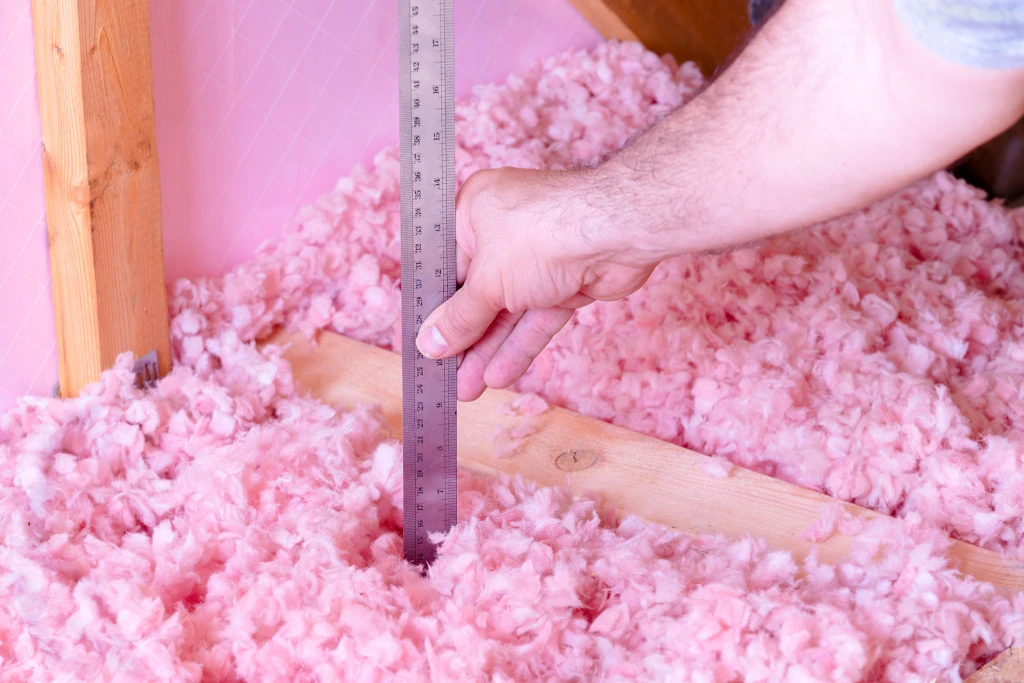
Therefore, you may need to install higher-quality insulation that can provide a high R-value even when very thin. Rigid foam board is usually a good option. Batts and rolls may also be an option, and they are easier to install in these cramped spaces than blown-in. Still, an experienced contractor may be able to install those insulation types if they can find one with a sufficient R-value.
In order to save money on insulation in attics with low-pitched roofs, you may be able to install a very thin, high-quality insulation around the edges of the attic (and any other critical areas) and install a different, thicker and more cost-effective insulation in the rest of the attic. You’ll have to talk with a professional to determine if this is a good option for your home.
Insulating a Roof Without an Attic
Homes that have cathedral ceilings or no attic space also have less room for insulation than the typical home. This may pose a problem for the longevity of your roof, as these ceilings also typically do not have enough room to allow for proper air flow of the roof. While builders should design cathedral ceilings with room for insulation and air flow, the space they have left may not be adequate. This is especially true for insulation types that are typically applied thickly, such as batts and rolls.
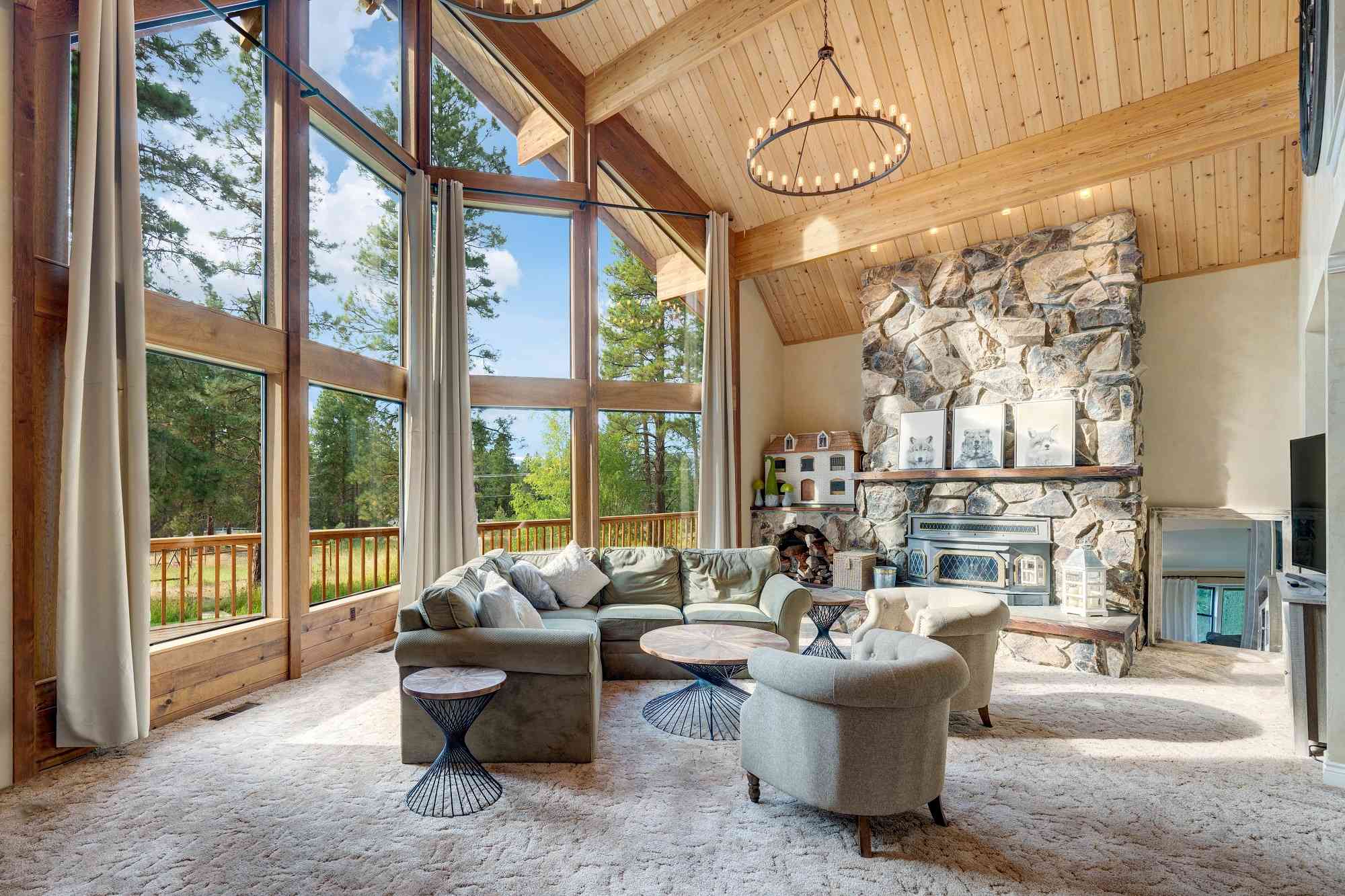
Further, ceilings have several holes in them for electrical and plumbing fixtures, which makes space a challenge to seal properly. A professional can walk you through a few options that could work in these circumstances, including:
- Install rigid foam board into the ceiling. This material is thin and typically has impressive R-values.
- Install high-quality blown insulation into the ceiling. This material fills up the gaps around plumbing and electrical elements very well.
Getting a Roof Replacement? Now is the Time To Update Your Insulation
Roof replacements are optimal times to update your attic insulation. If your roof was leaking, your insulation might have been impacted. Your insulation is especially likely to be water-damaged if your roof decking has developed wood rot, as this means moisture has been present in the roof for some time and has likely intruded on the insulation. Although, some types of insulation, such as closed-cell insulation, are not affected by moisture. You should replace other types of insulation when they get wet as they will not function properly.
Also, during a reroofing job, your roofer may need to add new ventilation to your roof to ensure you get the best life span from your shingles. If that’s the case, they may need to remove some of your insulation anyway. Although, if the floor of the attic is insulated, a new vent opening can be easily cut into the roof deck without removing or disturbing the insulation.
It’s highly beneficial to consider if you could benefit from better insulation before you get a flat roof installed. Once you have a flat roof installed, you may need to remove it to add new insulation.
Ready to reap the many benefits of proper attic insulation? Reach out to a roofer to discuss your attic insulation options through IKO’s Contractor Locator.

